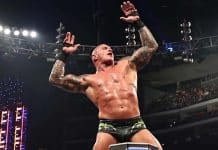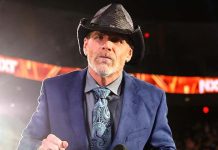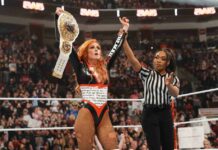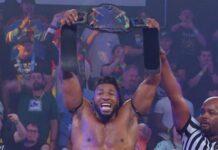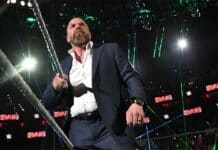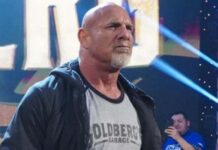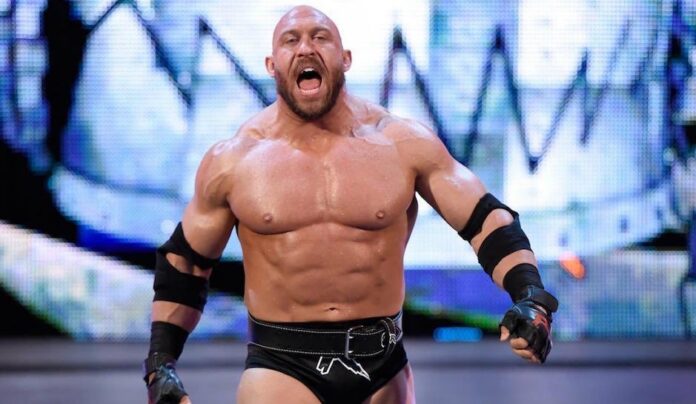
During his recent podcast, Ryback spoke out about the struggles of dealing with WWE’s touring schedule:
“You’ve got to adapt quickly to the schedule and [you’re] hurting all the time. That’s one of the best things about not being on the road. You wake up and it is just one thing after another. Because it is never-ending. There is no off season or nothing. Again, I have my issues with WWE… there is good there, it does exist. But by default, why they do certain things [when] it could just be so much better. It is an adjustment for talent, booking your hotels, booking your rental cars, WWE takes care of your flights. But you must be good with your money. You are not just a professional wrestler. You’re a professional driver.”
”I’m shocked that there have not been any deaths,” Ryback said. “Driving on one-way roads with semi-trucks. There have been nights I have been driving with my head bobbing, drinking my tenth coffee just to stay awake because I’m going on 45 minutes of sleep doing media in the morning. It’s a grueling schedule for the talent.”
“Something that got me into trouble is I would keep track of the gates and ask the reps what our gate is tonight,” Ryback explained. “Then I would document that on my phone so then you can see what they are paying you. I saw my pay fluctuate so much for no reason. A lot of times you only get $500 for these live events. Especially the guys on the low downside. Therefore everyone tries to get as high as a downside as possible because they have to pay you your downside every week. What they try to do is whether you are on a $3,000 downside or $20,000 downside, they will put those live events and TV to equal that downside. It very important that you get a high downside there. Hunter and those guys will say downside doesn’t matter. They are full of it, they mean everything. And a guy with a million-dollar downside is making way more than a guy with a $100,000 downside.”
“When I main-evented a 20-day tour I made $35,000 (for the whole tour), nowhere near what previous main eventers made, but I have no way to reference that, so how can I check that?” Ryback asked. “To break this down you would probably do 10-12 tour shows and then TV you would get paid for. When I got downgraded creatively, working more, working longer matches, I was dropped down to the $15-16 thousand range.”

